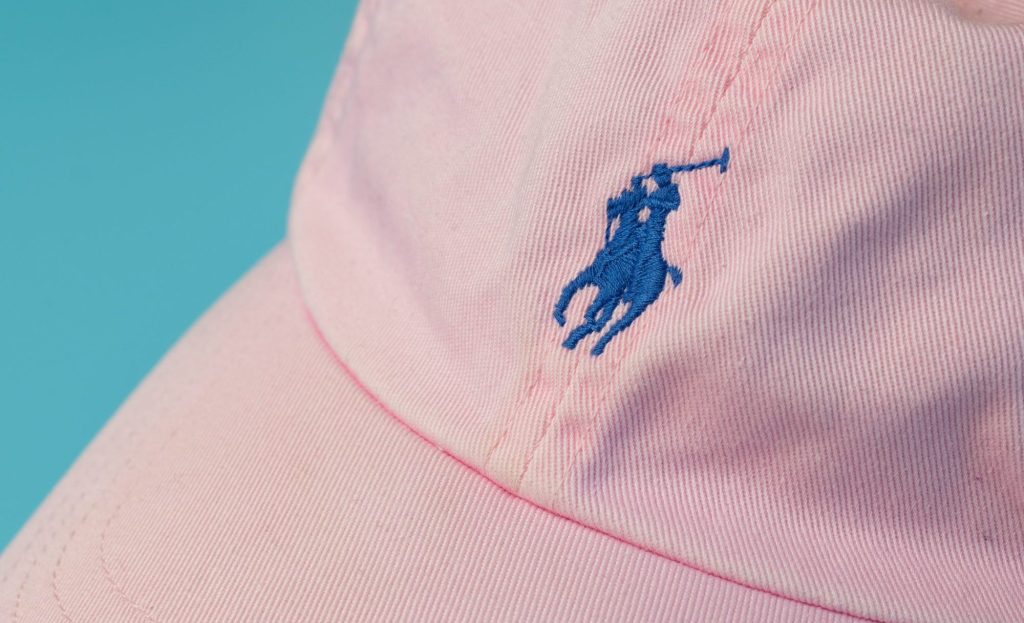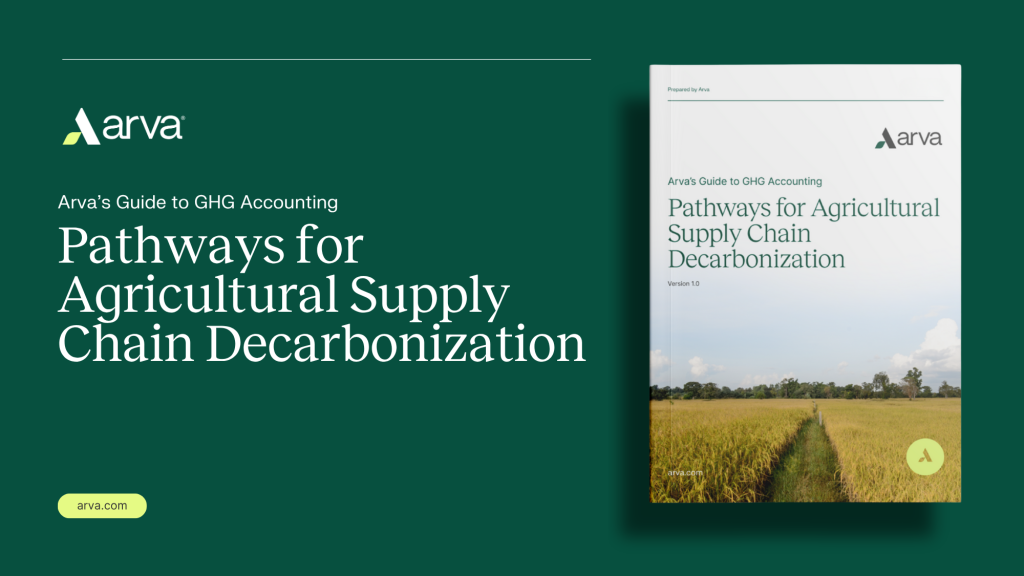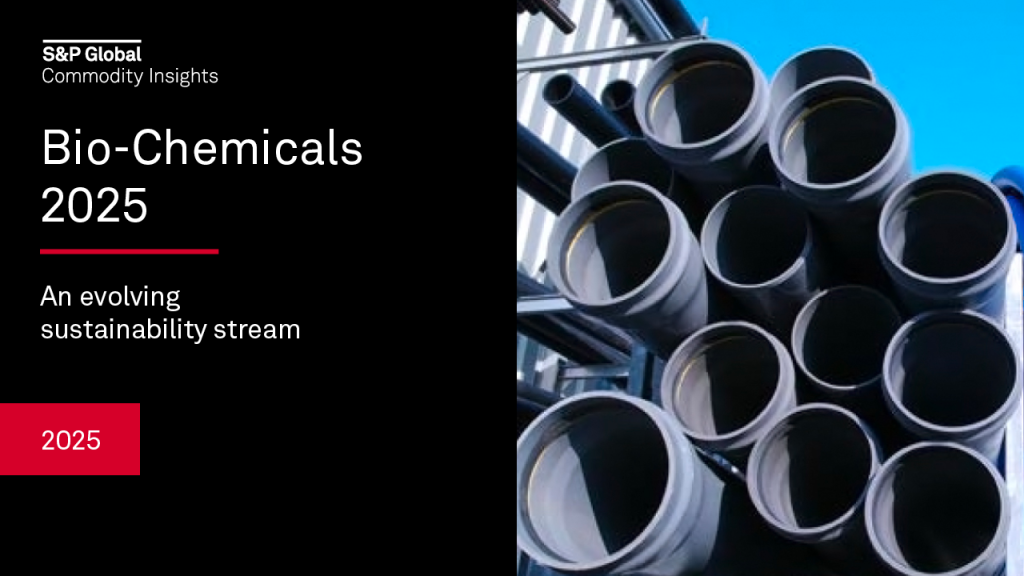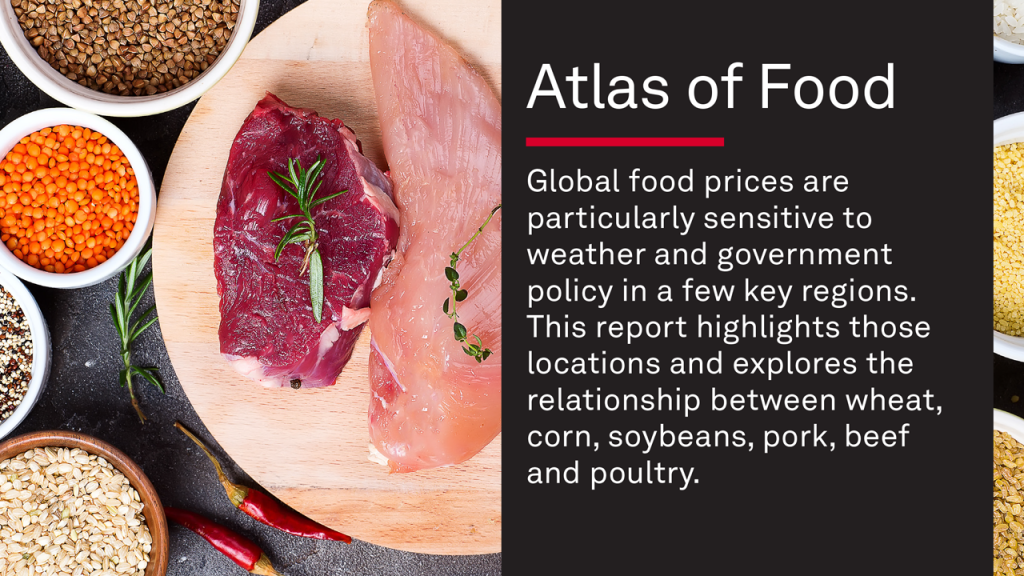Ralph Lauren ditches 2040 net zero for ‘rolling’ 5-year targets
The company’s emissions fell by a third in five years, but retiring its 2040 net-zero pledge puts the brand at odds with the mainstream. Read More

- Ahead-of-schedule reductions make the company an outlier in fashion, but abandoning a 2040 net-zero horizon raises questions.
- Ahead of its 2030 SBTi-validated goal of 30 percent emissions cuts, the company made cuts of 34 percent over 2020 levels.
- Now 98 percent of the brand’s goods reflect “sustainable” materials that favor natural fibers, an aspect that has helped its emissions progress.
Ralph Lauren is no longer committing to a 2040 horizon for net zero. Instead, it’s focusing on “rolling” targets every five years that leadership believes it can execute with confidence. The strategy comes as the iconic fashion brand has beat its science-based emissions deadline of 2030 for the past two years.
On the surface, the company is swimming against the corporate tide by getting rid of its long-term target, one that had not been validated by the Science-Based Targets initiative (SBTi). Seventy percent of companies on the Global Forbes 2000, of which Ralph Lauren is one, have a net zero target, according to the New Climate Institute.
At the same time, however, Ralph Lauren shows progress rare in the apparel industry, overshooting its 2030 target of 30 percent emissions cuts, which is SBTi-validated: It made cuts of 34 percent since 2020 across Scopes 1, 2 and 3. In 2024, it was already at a 33 percent emissions reduction.
An ‘exemplar’ (but)
The company said it seeks to maintain progress by focusing on what it can directly control, rather than counting on new technologies, such as textile recycling, that haven’t scaled yet. In the next few years, it plans to set new sustainability targets that will come due in 2035.
Ralph Lauren’s annual emissions fell in its latest count to 1,230,541 metric tons of carbon dioxide equivalent, according to its FY 2025 sustainability report, released Oct. 2. That’s about as much as 151,000 U.S. homes emit each year.
“We will continue to follow a science-based methodology aligned with the Paris Agreement to advance our work,” the report said, “further scaling proven approaches across raw materials sourcing; direct supplier engagement to phase out on-site coal; and advancing collective financing mechanisms to fund relevant supplier initiatives.”
“Ralph Lauren’s decarbonization progress is impressive and can serve as an exemplar of what is possible,” said Ken Pucker, an apparel industry veteran who teaches at Dartmouth and Tufts universities. But, he continued, “with the elimination of the company’s net zero goal, and the focus on shorter-term goals, it is surprising to not yet see revised targets.”
Emissions origins
Scope 3 is responsible for 99 percent of Ralph Lauren’s greenhouse gas footprint. The top three sources are raw materials, at 26 percent, followed by processes such as mills and dyeing shops (18 percent) and consumer product use (17 percent).
Three key areas helped the emissions progress reported in 2025, according to the company:
- A selective strategy of producing fewer units for sale: However, Ralph Lauren does not share production totals — a common blind spot in fashion that activists would like to see revealed.
- Sourcing lower-impact materials: In 2025, Ralph Lauren reached “sustainable” materials in 98 percent of goods, a 6 percent rise from a year earlier. While many other brands are embracing polyester and other fossil-fuel fabrics, Ralph Lauren uses only 6 percent polyester. Cotton makes up 80 percent of its fabric, almost all of it organic, recycled or grown using regenerative practices.
- Helping suppliers to eliminate coal: Toward this effort, only one of the 80 plants that Ralph Lauren has worked with internally still uses coal. Ralph Lauren engages 170 supplier facilities through the Apparel Impact Institute’s Carbon Leadership Program. In 2025, it joined the institute’s Future Supplier Initiative, which helps finance suppliers’ energy transitions.
Varied reactions
Ralph Lauren’s 2025 report attracted a mix of admiration and concern. The nonprofit Ceres, for one, advocates for companies to blend both distant and near-term climate deadlines. “A net-zero target sets a clear North Star for a company to align internal teams, engage its suppliers and respond to stakeholder expectations and current and emerging regulations, including those outside of the United States,” said Ceres Company Network Senior Director Mary Ann Ormond.
In June, the activist group Stand.earth rated Ralph Lauren a D-plus on its 2025 fossil-free fashion scorecard. The company is one of only six major labels markedly phasing out synthetics, which the nonprofit noted while dinging it on climate commitments and transparency.

















